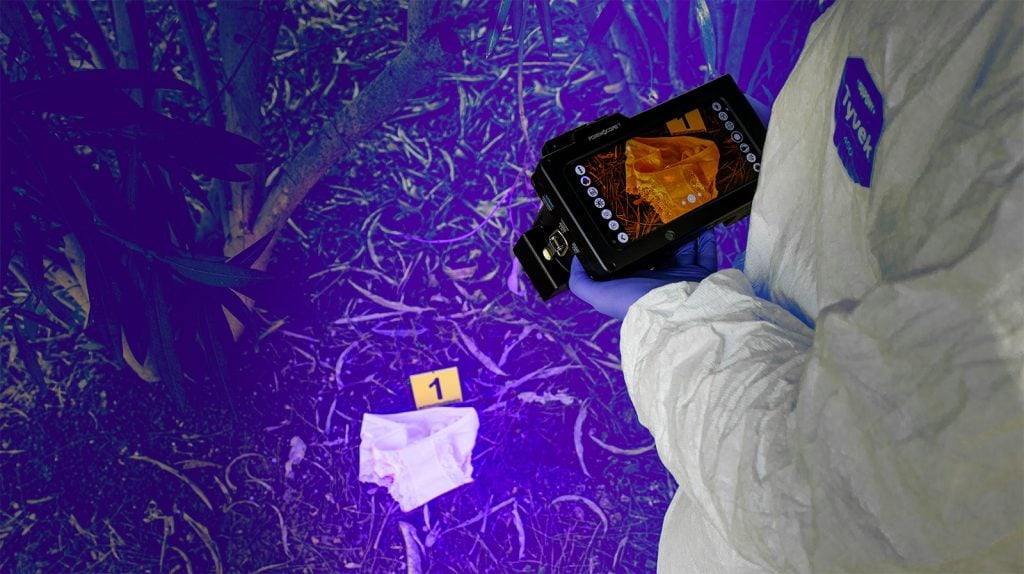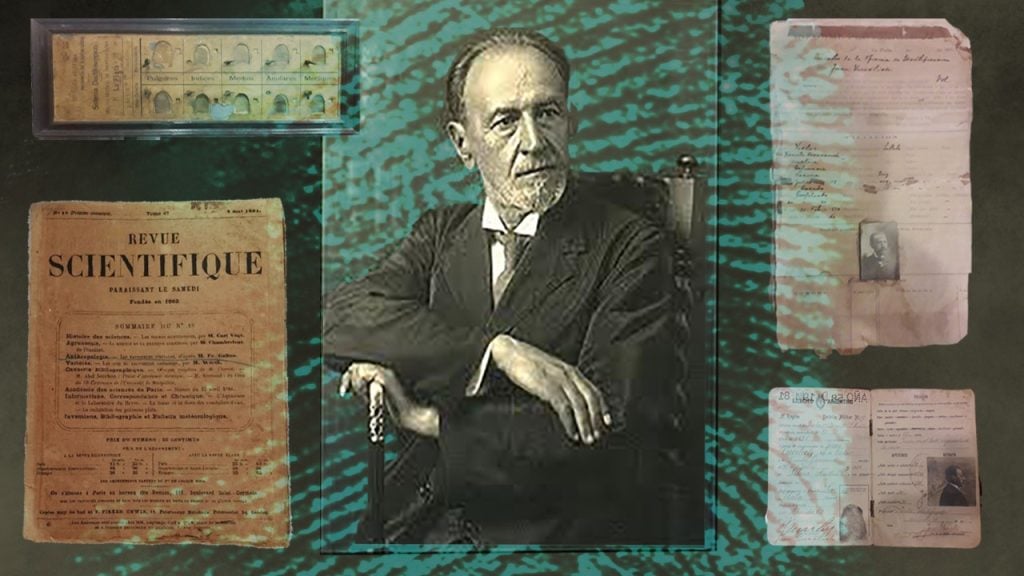
TOUCH DNA SERIES I
Forensic Science is a multidisciplinary science that assists criminal investigation. DNA analysis plays a key role in linking a suspect to a crime during the crime investigation phase. According to Locard’s principle of exchange, when a suspect comes into contact with the crime scene, he takes something with him from the crime scene and leaves something from himself at the crime scene. People tend to shed and leave epithelial skin cells with their DNA on the surface they come into contact with. The DNA here is called touch DNA and can help identify the suspect involved in the crime. Touch DNA is an effective investigation tool in crime scene investigation.

Evidence such as DNA is of great importance in linking a suspect to a crime. The connection principle is simple. Locard’s principle, which acts with the motto that every contact leaves a trace, guides this situation.
What’s DNA?
DNA, briefly; It can be defined as a nucleic acid that contains all the vital activities of living organisms and carries genetic instructions. The expansion of DNA is expressed as “deoxyribonucleic acid”. DNA consists of four basic base sequences. These bases are; They have named cytosine (C), adenine (A), thymine (T), and guanine (G). These four bases in DNA bind to the sugar-phosphate and form a nucleotide. E.g; “adenosine monophosphate” forms a nucleotide.
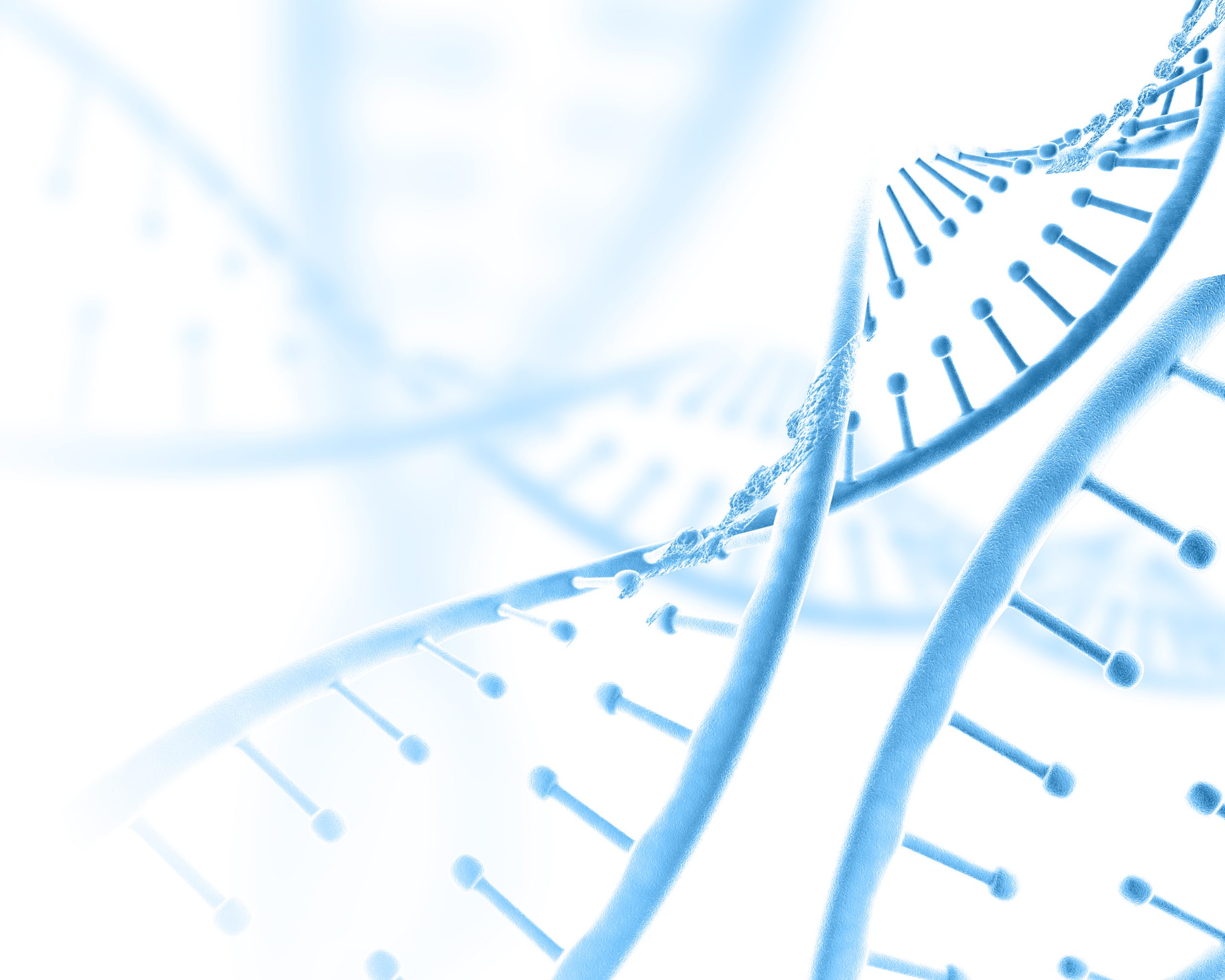
Figure 1.
What’s TOUCH DNA?
“When a person comes into contact with an object or another person, cross-transmission of physical evidence can occur.” This act of contact is called tapping. In short, it can be defined as the contact of two people with each other and the contact with the environment. A light touch is the general condition of the objects felt by contact and perceived by the sense of touch. For two inanimate objects, this can be expressed as mutual surface contact. Touch DNA, also known as Trace DNA or Low Copy Number DNA, is an advanced crime scene investigation technique used to detect and analyze microscopic cells left behind by transfer during the commission of a crime.
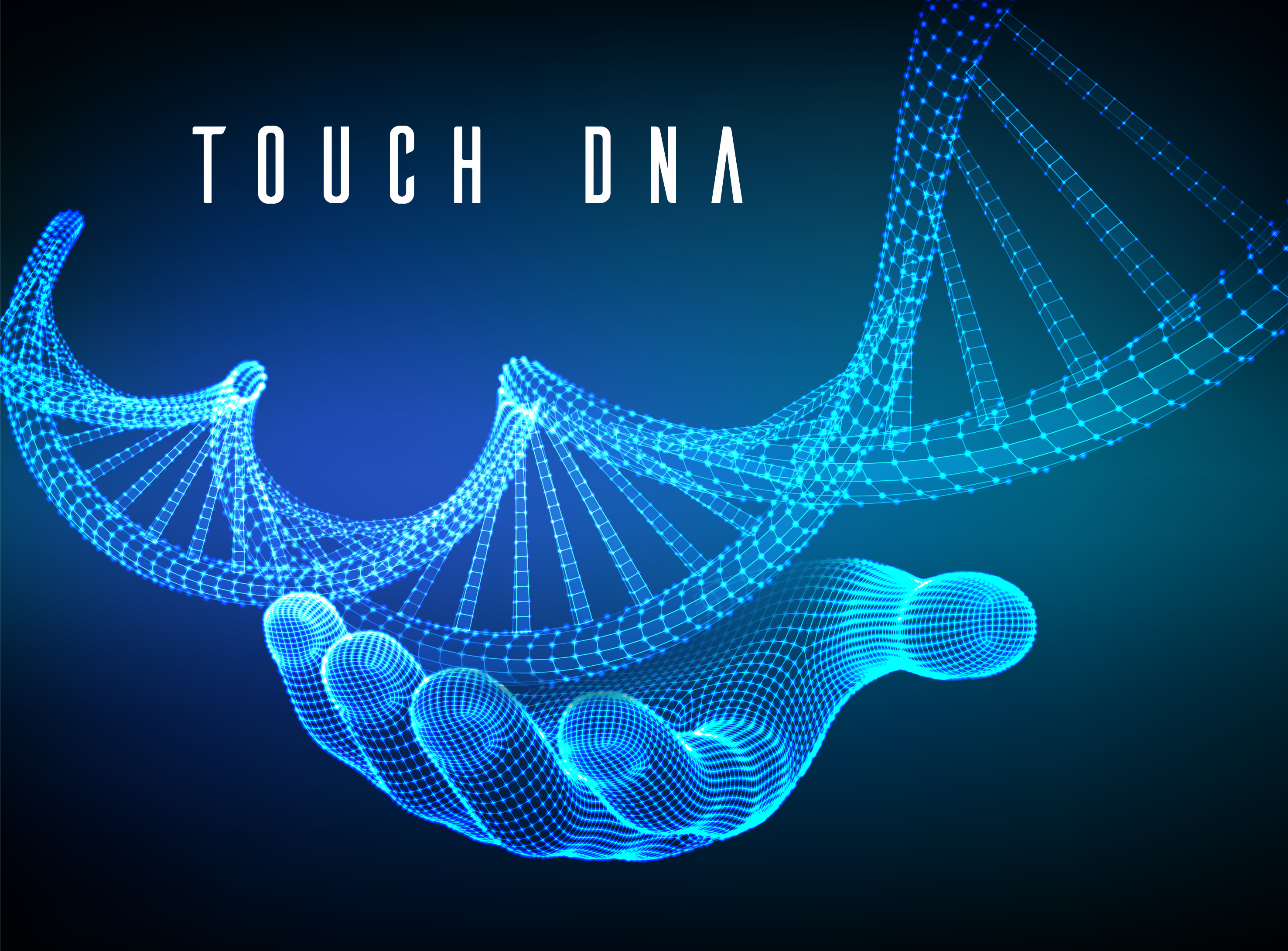
Figure 2.
Which Samples Are Easy to Obtain Touch DNA From?
Samples can be taken from the areas that people touch/contact most frequently. Door handles, collars of clothes, lighting buttons, faucets, elevator call keys, etc. Touch DNA is an analysis method used when there is no other method for identification. Analysis and examination stages consist of very sensitive processes.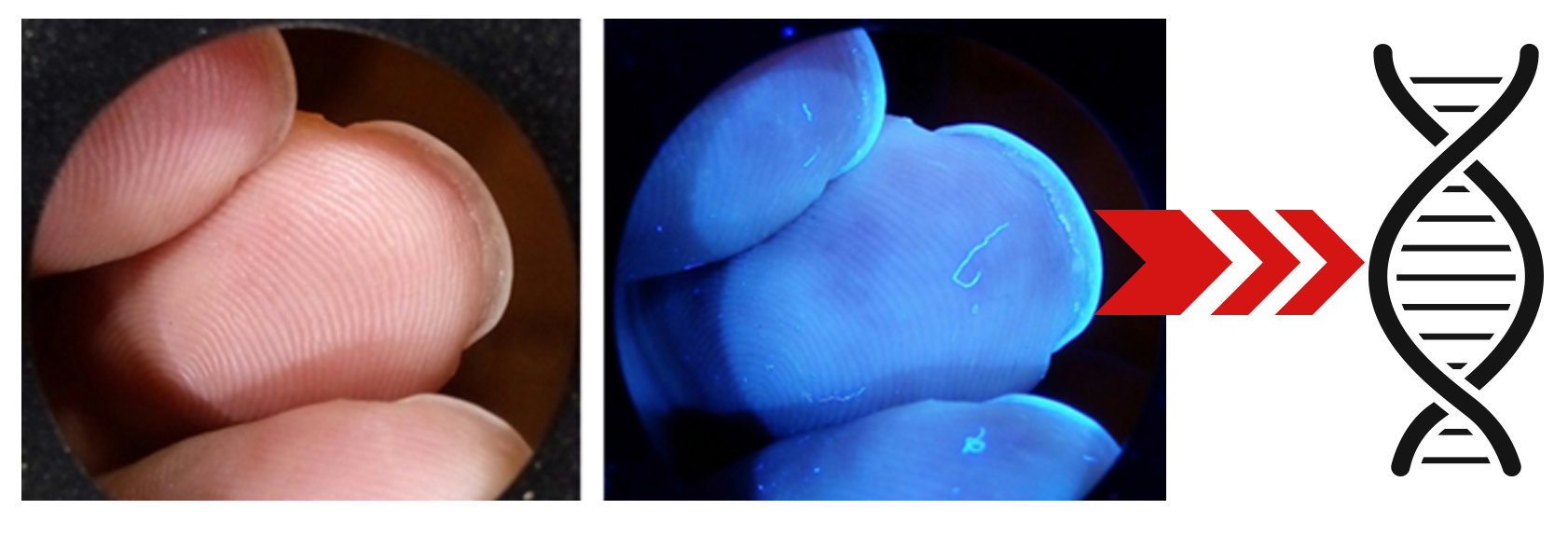
Figure 3.
The Methodology of Touch DNA Technology
To obtain a successful touch DNA profile, it is necessary to correctly identify possible evidence that may contain traces of the suspect’s DNA. Once potential evidence has been identified, the appropriate sampling technique can be preferred to obtain the maximum number of skin cells. After the crime scene area where possible touching DNA can be taken on the sample is determined, there are various application stages from the crime scene to the laboratory. The success of using Touch DNA collection methods to get DNA profiles from critical cases has generated a growing interest in better understanding Touch DNA and its potential proof value.
Identification of Target Surfaces and Collection of Trace DNA Samples
The first important task of the forensic investigator is to identify target surfaces that may contain suspicious DNA traces at the crime scene, guns, knives, etc. Touch DNA of the perpetrator can be obtained from the surface of the murder weapon. Crime Areas that can be taken as examples specific to crimes can be determined. These areas are; In sexual violence crimes, the victim’s skin and clothing, In theft crimes; In the case of document forgery, samples that may belong to the criminal can exist collected on the document and print/ink. The cells found in these collected samples are sources of DNA that can be recovered and used for crime detection. Touch DNA is usually present in trace amounts. For this reason, methods such as examining surfaces with different light sources can be used to detect target surfaces.
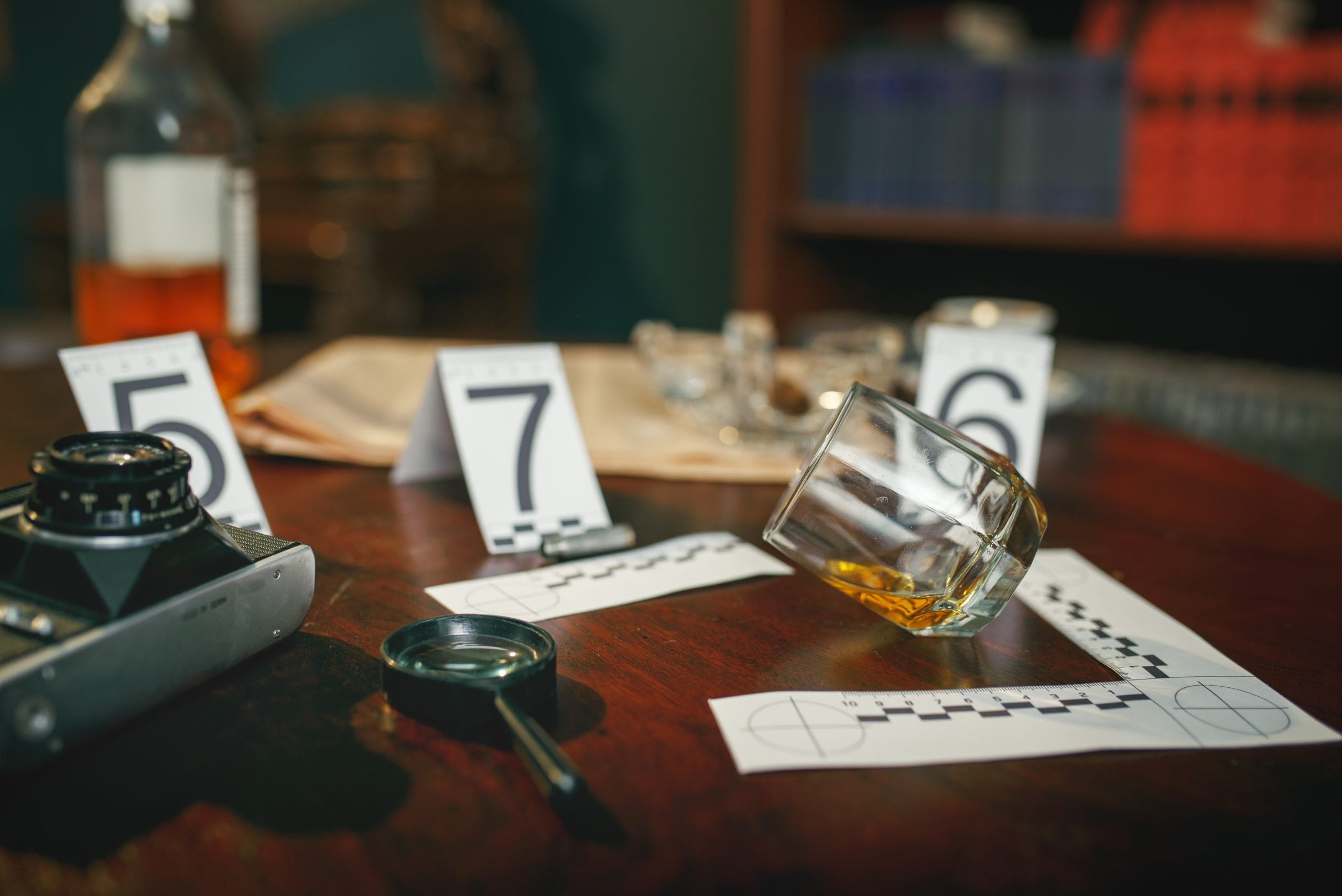
Figure 4.
Sampling methods to obtain Touch DNA?
Touch DNA refers to the DNA left behind from skin cells when a person touches or comes into contact with an object. It is impossible to see with the naked eye. The amount of DNA is expressed in much smaller amounts than other DNA samples. Some rules must be followed to achieve successful Touch DNA results. The success of these rules; Recognition of samples that may be suitable for touch DNA analysis depends on appropriate collection/storage of these samples and then using the optimal sampling technique that will recover the highest number of skin cells. Touch DNA extraction techniques consisting of different applications can be used in the crime scene and criminal laboratories.
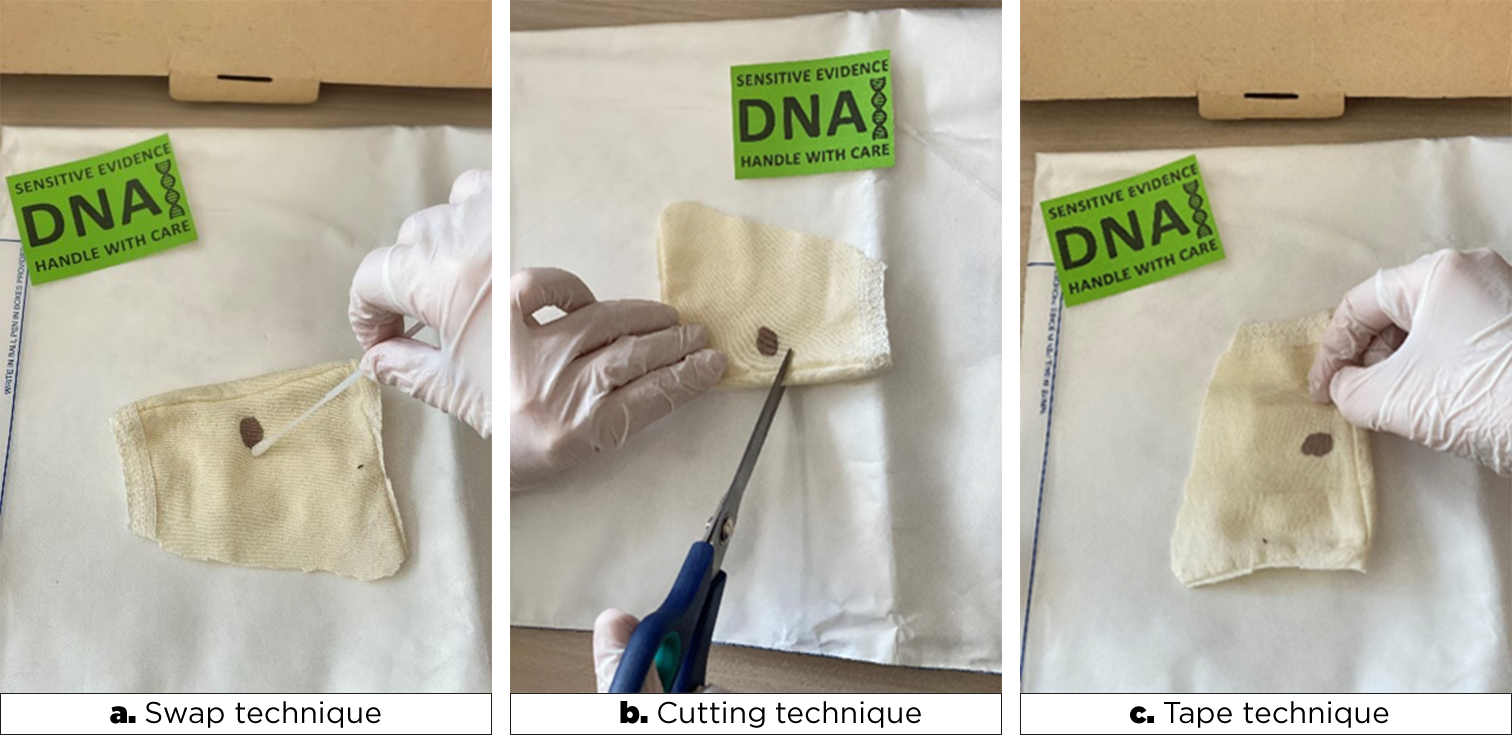
Figure 5.
Swapping, cutting, scraping, taping, etc. for the collection of Touch DNA evidence. Various methods are used, such as the Swab sampling method is glass, plastic, etc. Common for hard surfaces such as For soft surfaces such as clothing, cutting the target surface is one of the appropriate collection methods. Two methods are more commonly used for Touch DNA collection. These methods are; scraping and tape removal. Thanks to these two methods, the risk of contamination that may occur during the examination is reduced.
What are the Differences in Analysis Methods and Forensic Analysis Methods?
It is more difficult to identify areas where skin cells are present, as traces of existing samples build up in the area to be sampled. In order to obtain a DNA sample from such a case in question, a more sensitive analysis method is chosen.
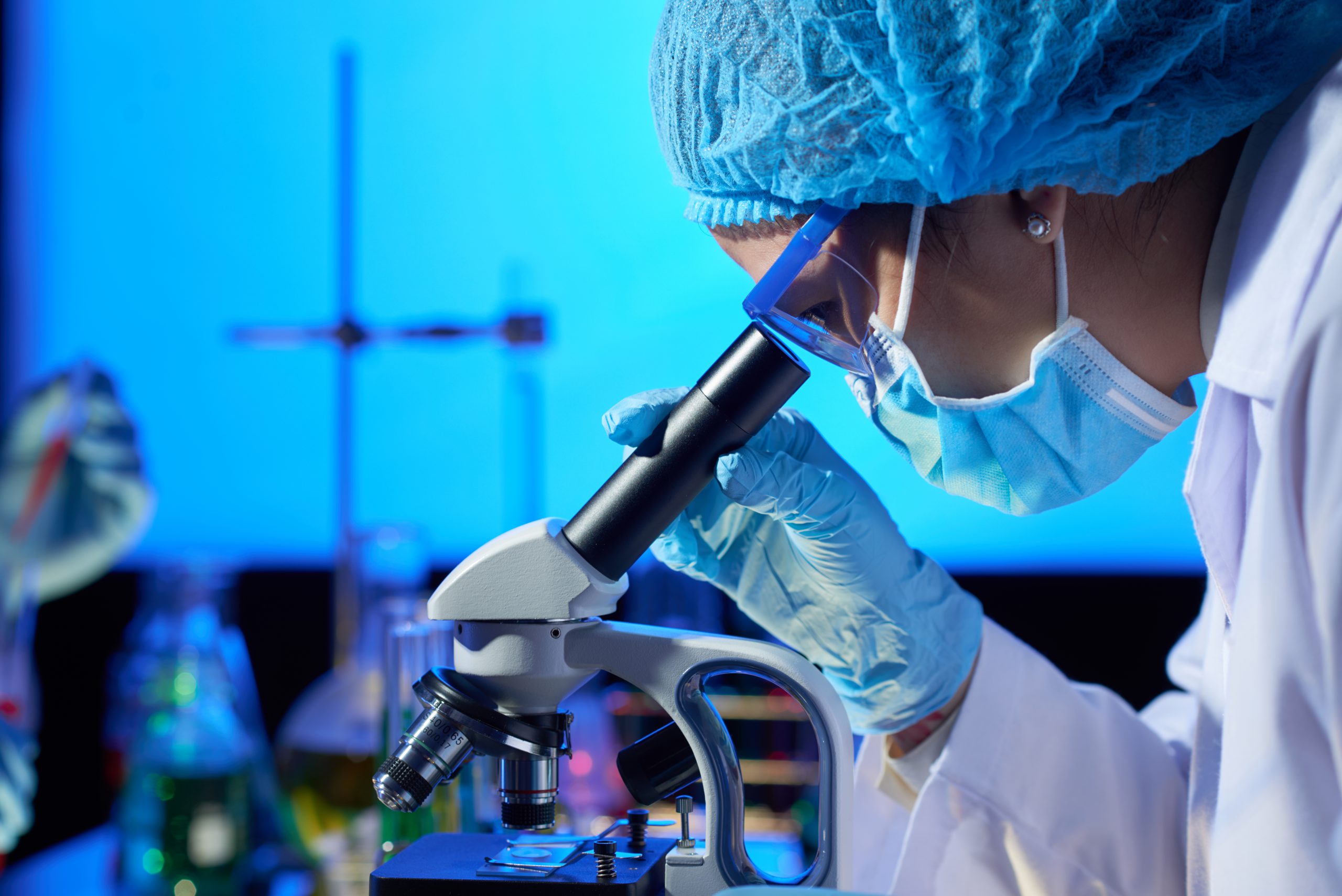
Figure 6.
Touch DNA Analysis Methods
Different methods can be used to analyze the cells present in the samples. After the evidence is collected, there are some steps for an adequate analysis according to the order of application. These stages are;
Isolation of Touch DNA
One of the most important steps of a good examination is DNA isolation. DNA isolation can be defined as the separation of DNA. Isolation and extraction of DNA is performed using chelex extraction, organic extraction and silica-based extraction. Organic and chelex extraction procedures can result in the loss of some of the DNA. Silica extraction method using silica-coated magnetic beads is used to obtain DNA from the lysed cell with the silica-based extraction method, which is a newer isolation method.
Determination of Quality and amount of DNA
After DNA is extracted from epithelial cell debris, skin cells, DNA traces are evaluated for quality and quantity for analysis. Dot blot technique, Yield gel technique, Capillary electrophoresis, Fluorescent dye test, and quantitative PCR test are used to determine the quality and quantity of DNA in trace samples.
DNA Amplification
Touch DNA detection methods are used for evidence to be, obtained from trace samples. Samples for which the detection method will be used should be reproduced for examination, as they are found in trace amounts. Therefore, the DNA is amplified to produce several copies that are then evaluated for length polymorphism and sequence polymorphism. Following PCR amplification, 13 STR loci are identified that exhibit polymorphism among different individuals. If the DNA profiles of two unrelated individuals match, Person Touch can help match the DNA sample and profile to the suspect’s DNA profile if suspects have been identified. If no suspects have been identified, the Touch DNA profile can be matched to existing DNA databases such as CODIS (Combined DNA Index System).
DNA Detection
Fluorescent tags are added to the DNA sample. These tags bind to specific nucleotide sequences at STR loci and help identify STR loci. These steps play an important role in illuminating the crime scene from the DNA profiles obtained from Touch DNA.


